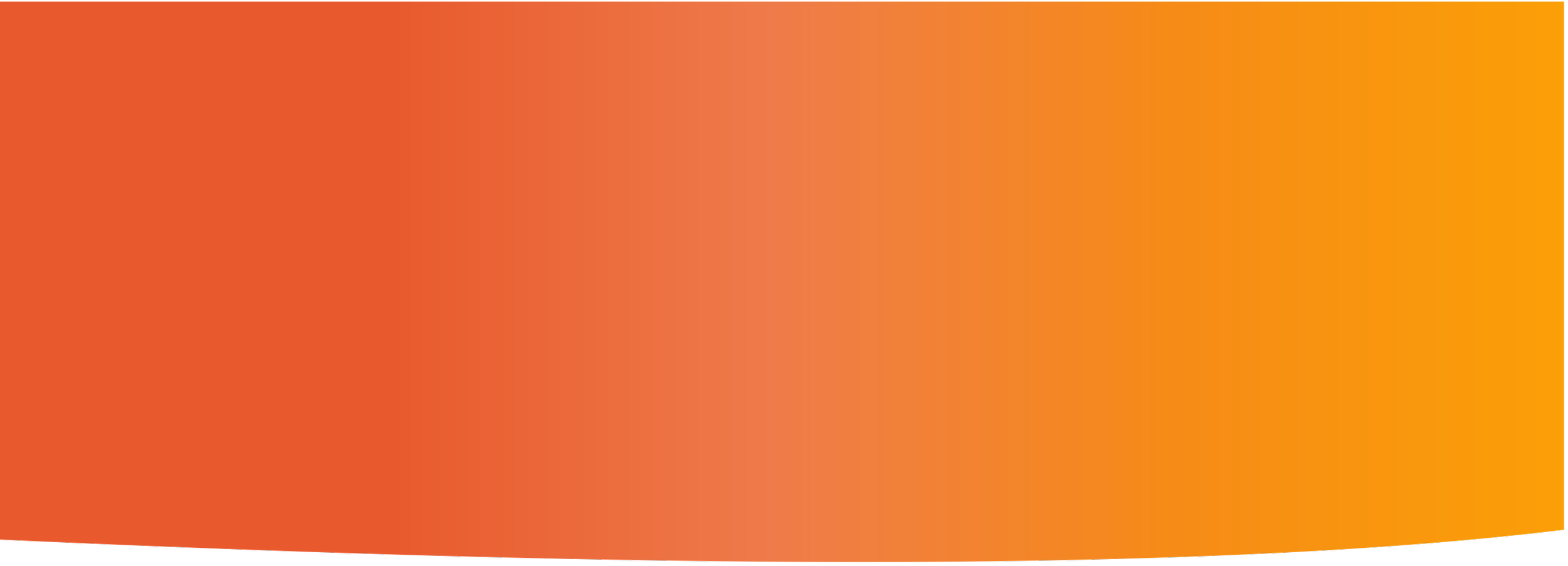
Stories
Insights & Ideas
We’re always learning and expanding our thinking.
Using the SEE Framework for Creative Community Engagement
Meredith King, one of reDirect’s 2025 fellows, shares how the SEE framework shaped her project with Ann Arbor’s Office of Sustainability and Innovations (OSI). She created a community engagement guide to help staff turn a mobile nanogrid into a learning lab to help citizens take steps toward more sustainable living.
Crafting a Visual Environment for Sharing Information
In the modern era of technology, humans are constantly inundated with visual information. When visual information is so pervasive, how can we share our knowledge in a way that increases clarity and understanding instead of adding to the deluge?
Breaking Barriers: How to Structure Environments to Support Accessibility Needs
This July, as we mark the 33rd anniversary of the Americans with Disabilities Act (ADA) and Disability Pride Month, we delve into the transformative power of embracing workplace accessibility through a SEE lens. Click the link below to learn more and read this guest blog from Rachel Fink, a 2023 reDirect Fellow.
From Planning Routes to Planning Cities: SEE Can Help
“There is an innovative dialogue between urban planning and the SEE framework, prompted by their orbit around a common inquisitive core: How can we leverage our environmental surroundings to bring about the best version of our society, our communities, and ourselves?”
SEEing our Way to Solar: Using Supportive Environments for Effectiveness (SEE) in Program Analysis
“Incorporating Supportive Environments for Effectiveness (SEE) in program analysis is a great way to understand a program’s success, as well as potential areas for improvement. This past summer, I had the privilege of working with Julie Roth from the City of Ann Arbor to take a closer look at what is making the Solarize program so successful in the Ann Arbor area…”





